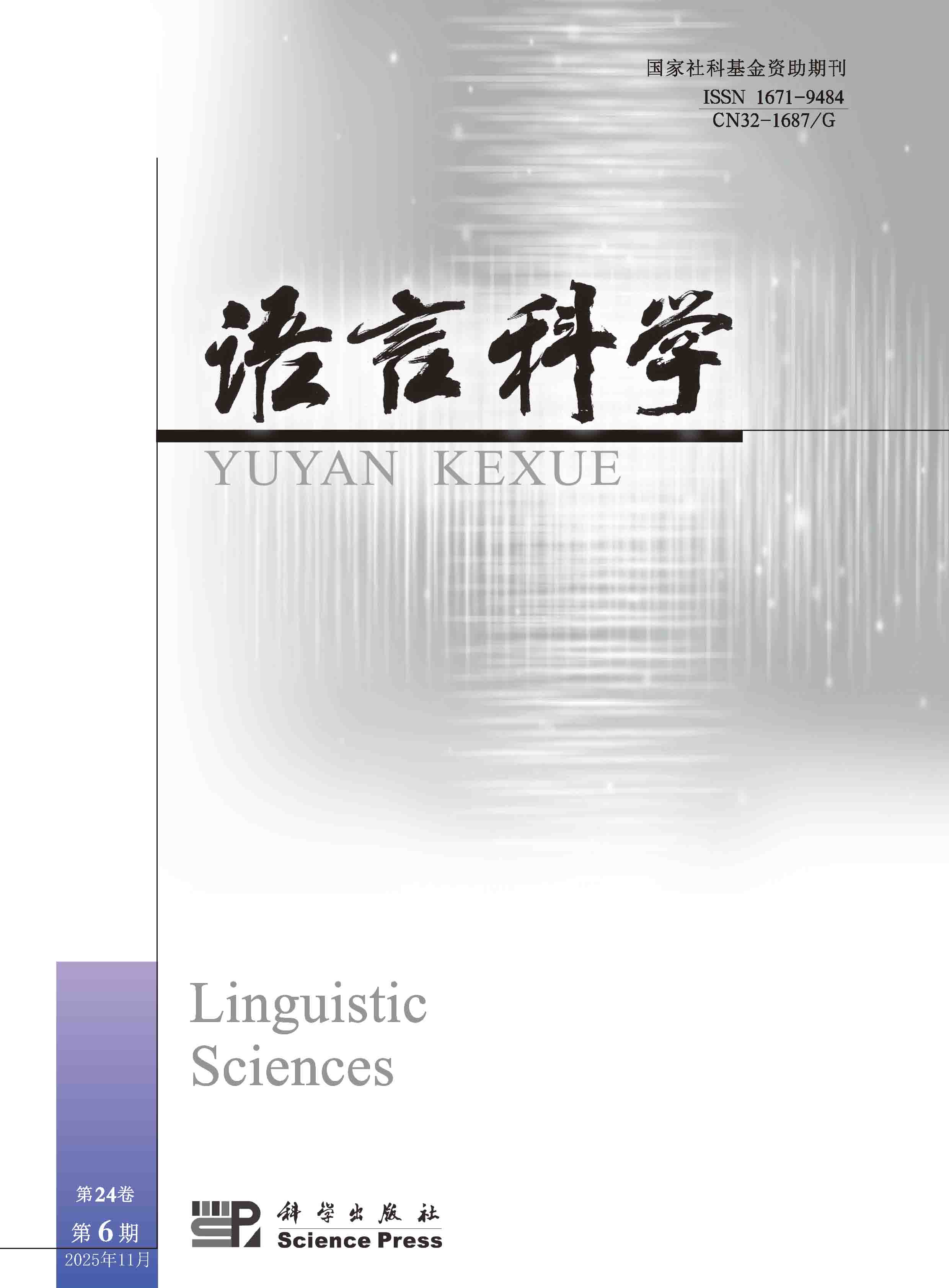Cai Yifeng
In the Western Zhou bronze inscriptions, some phrases like “chan mou ming”“chan ming”, etc., are found, specifically “chan wokao womu ming” as on the bronze ritual vessel Wunian Diaosheng Gui, “chan ming” as on the bronze ritual vessel Liunian Diaosheng Gui and “chancheng gongming” as on the bronze plate Baji Pan. There has been no consensus over the meaning of the character “chan” among relevant scholars. Now it seems that there is no need to reinterpret the character “chan”, which should be read as “chan”, encompassing both the meanings of walking on and following. “Chan mou ming” means to follow and fulfill someone’s command, which is equivalent to phrases like “cheng mou ming”, “cheng mou ming” or “zhi mou ming”. Other phrases related to the character “chan” in Western Zhou bronze inscriptions can also be reasonably explained, such as “chan you fumu” as on the bronze plate Shuduofu Pan, meaning to follow the virtues of one’s parents, and “chan shang jue wenmu” as on the bronze tripod Shuai Ding, meaning to follow and promote the virtues of one’s moral mother. The use of “chan” as “chan” is also evidenced in the Tsinghua Bamboo Slips, such as in Tang Chuyu Tangqiu, Wuji, Dafu Shili and Weitian Yongshen. This shows that the usage of “chan” has been consistent during the period from the Western Zhou to the Warring States.


